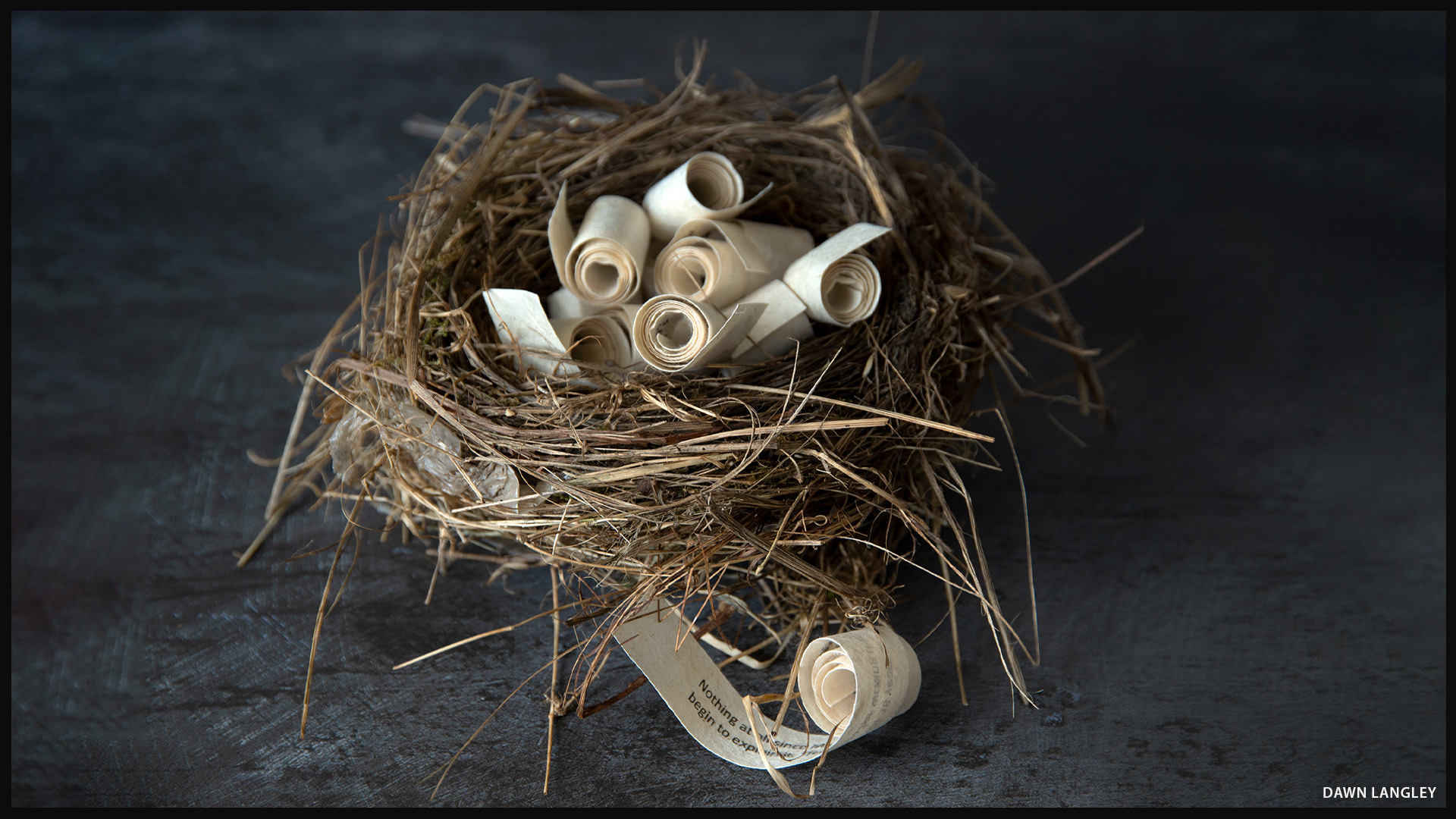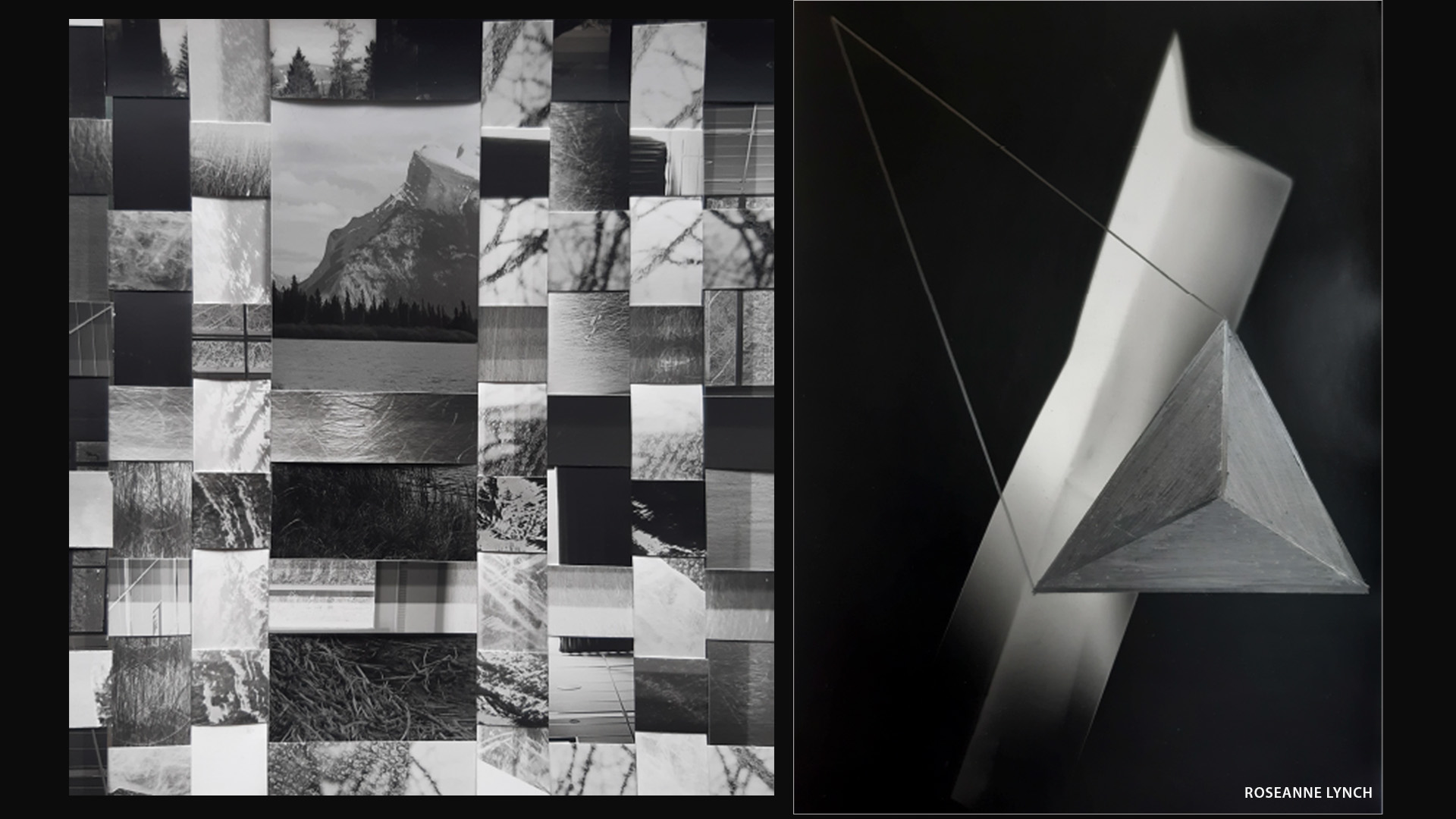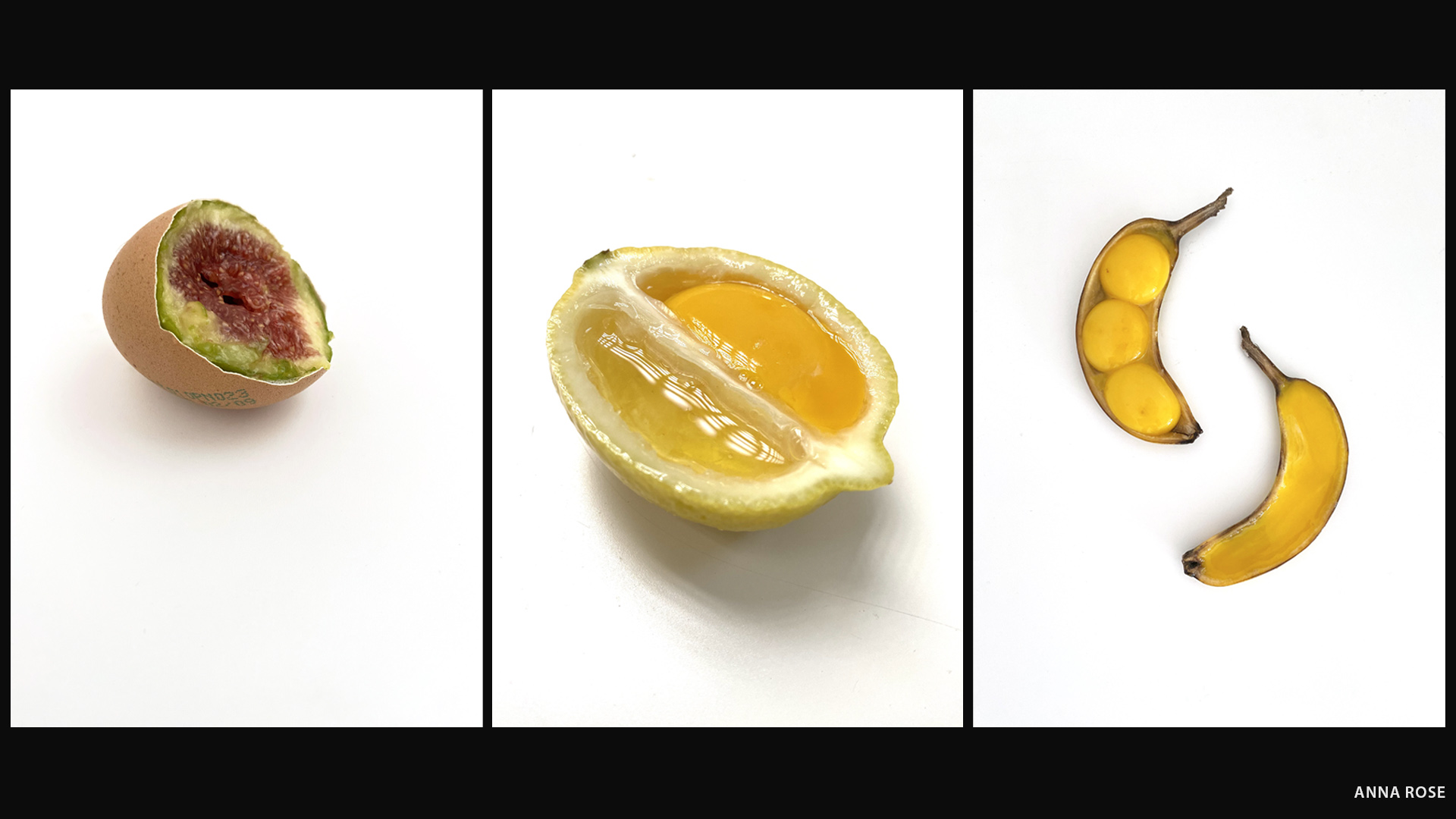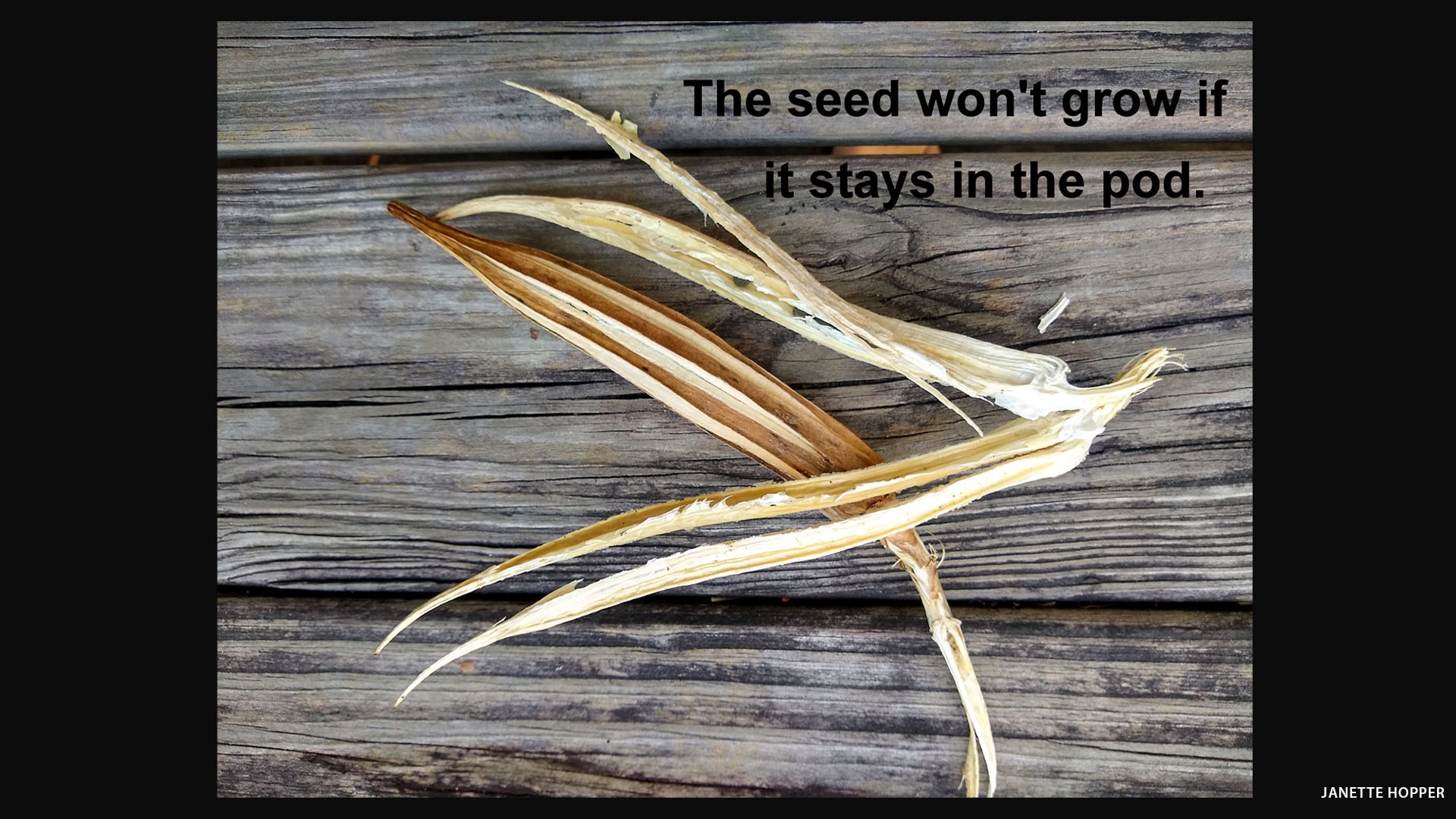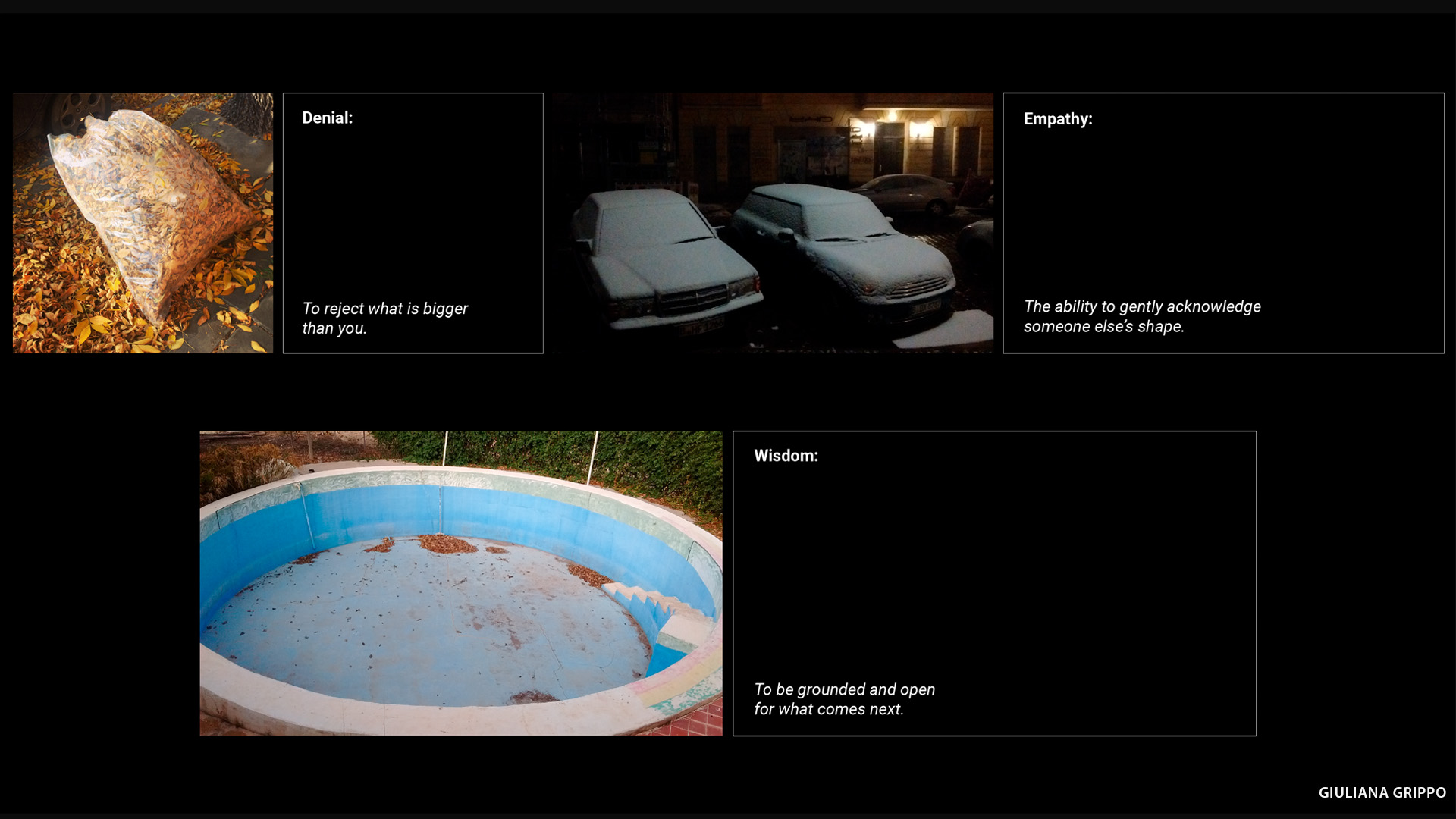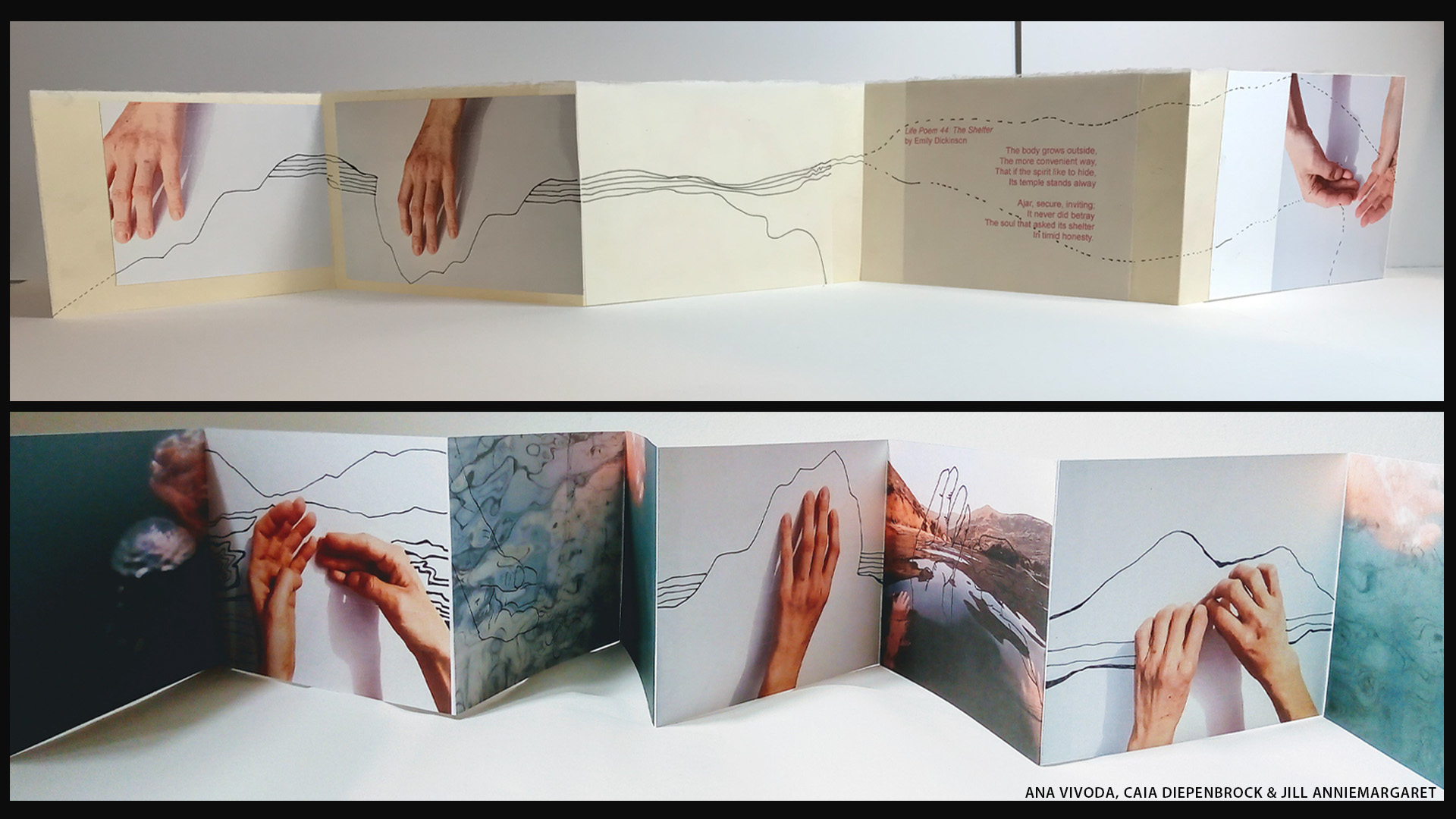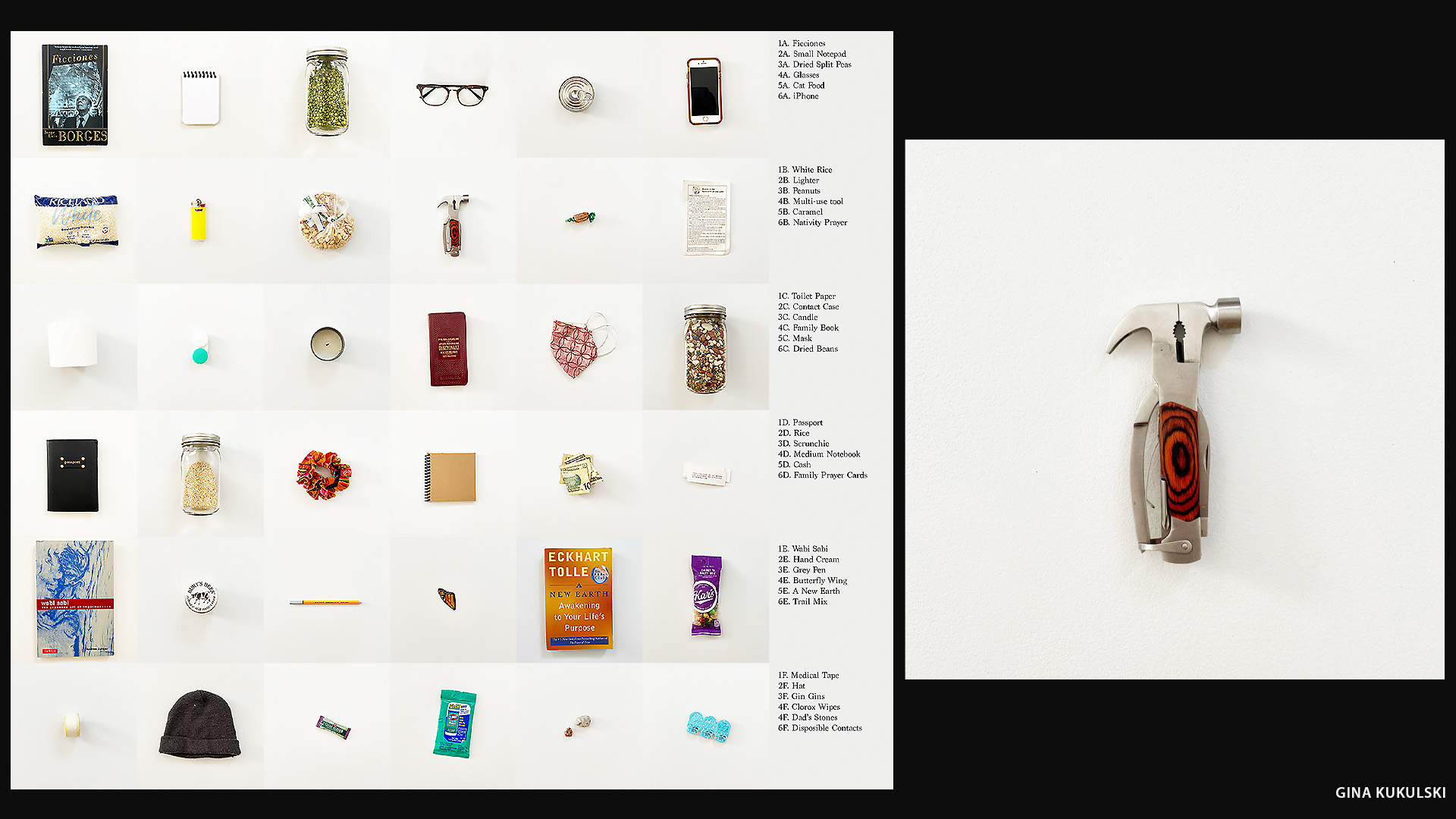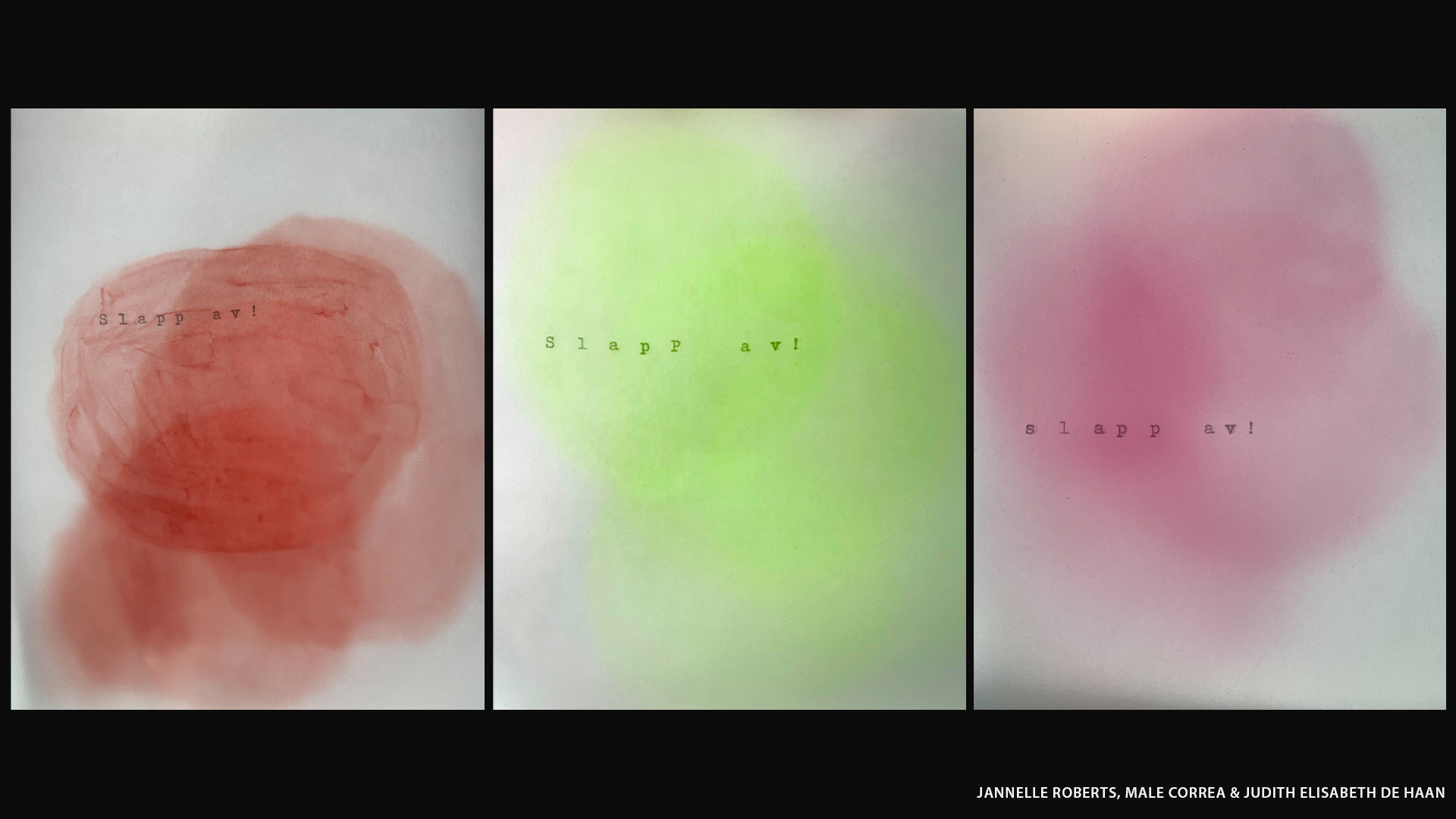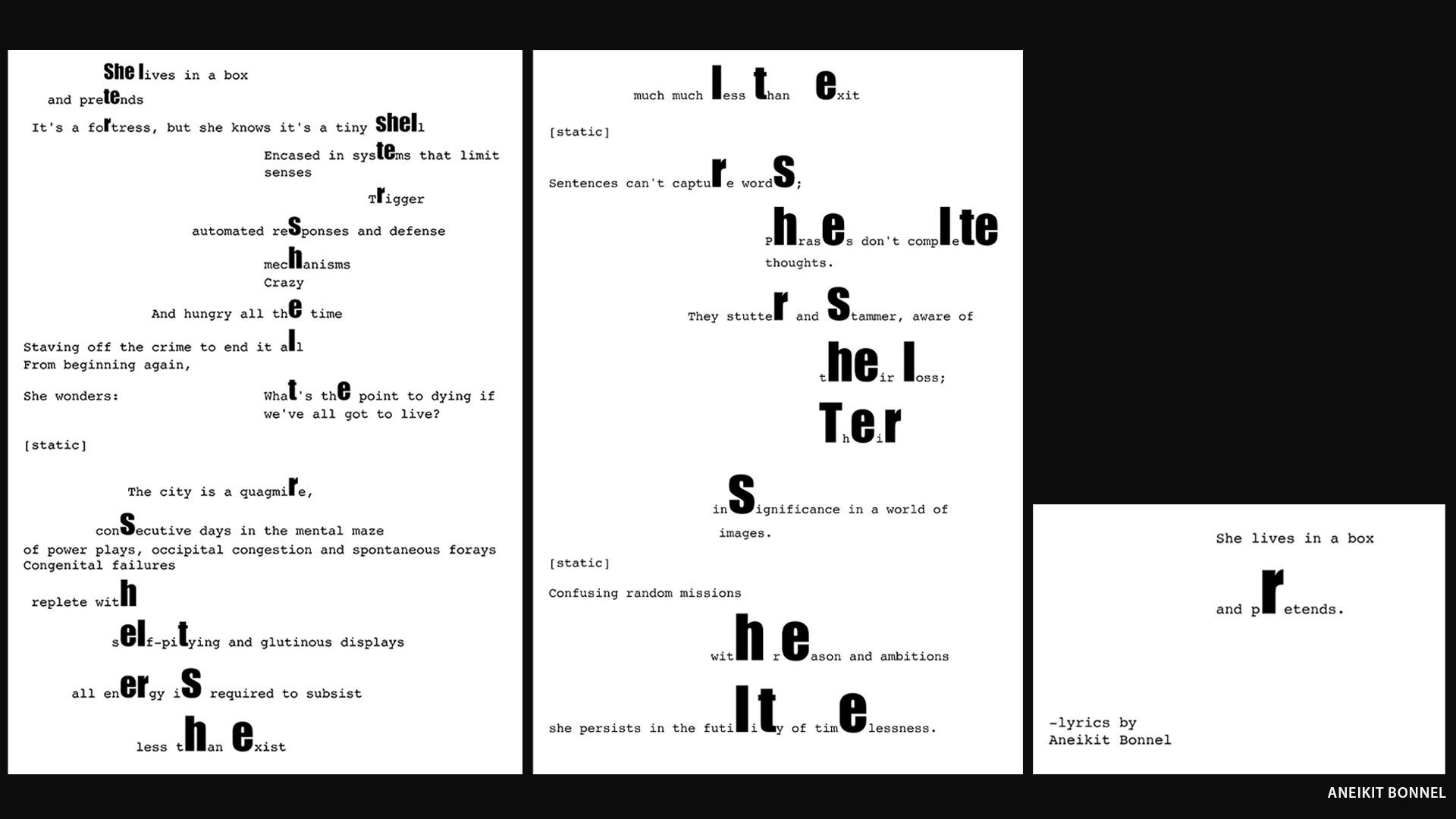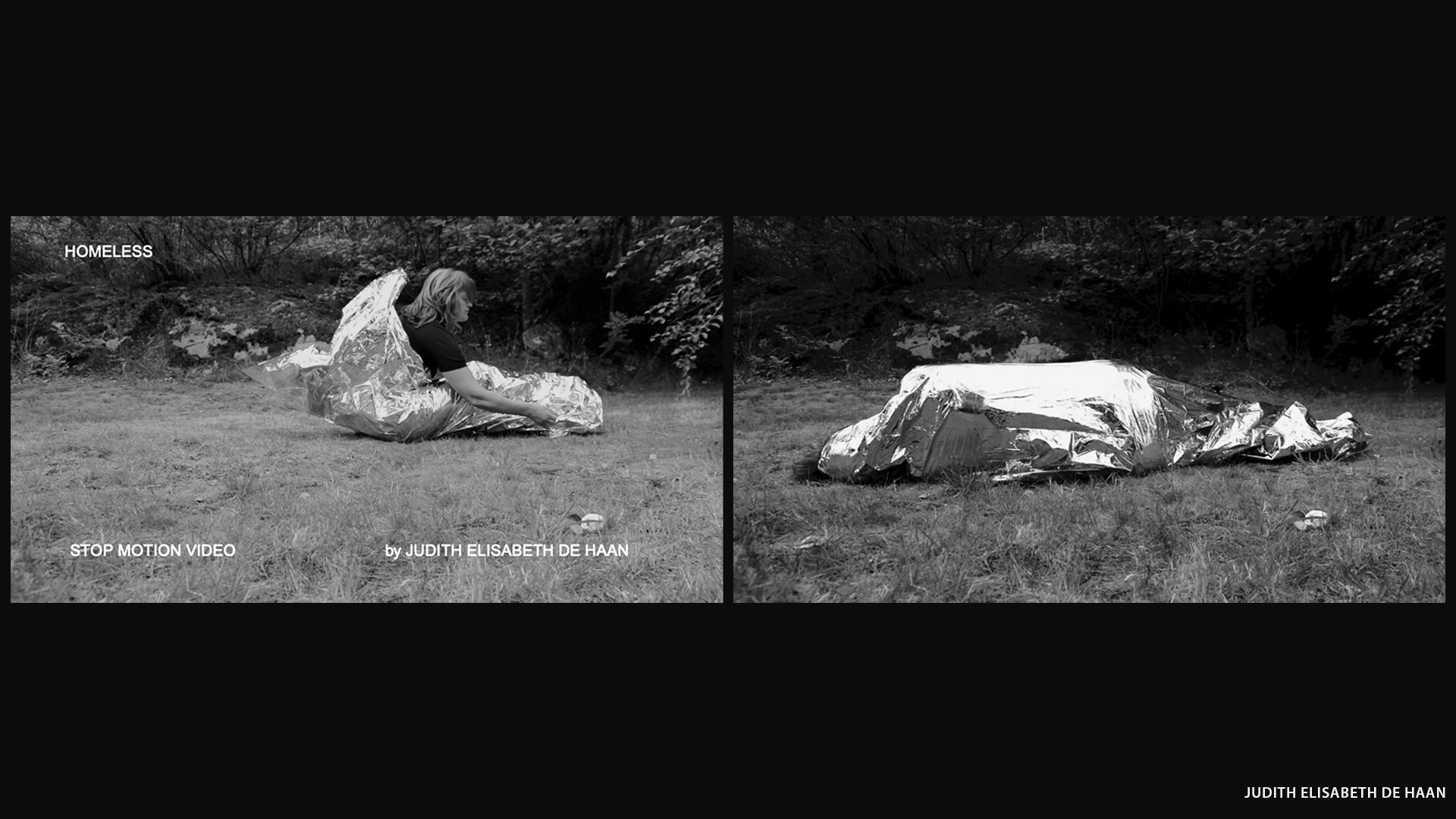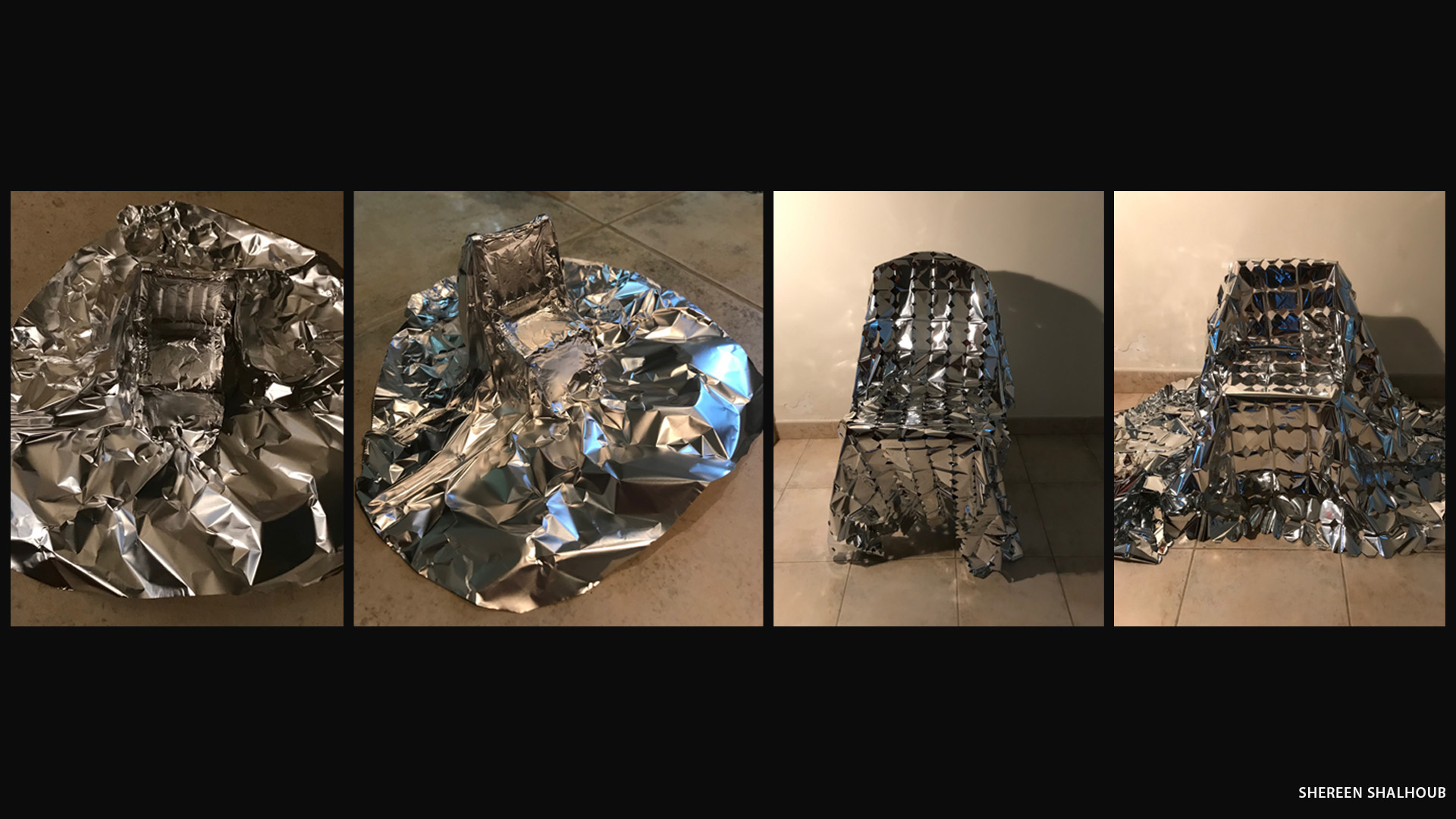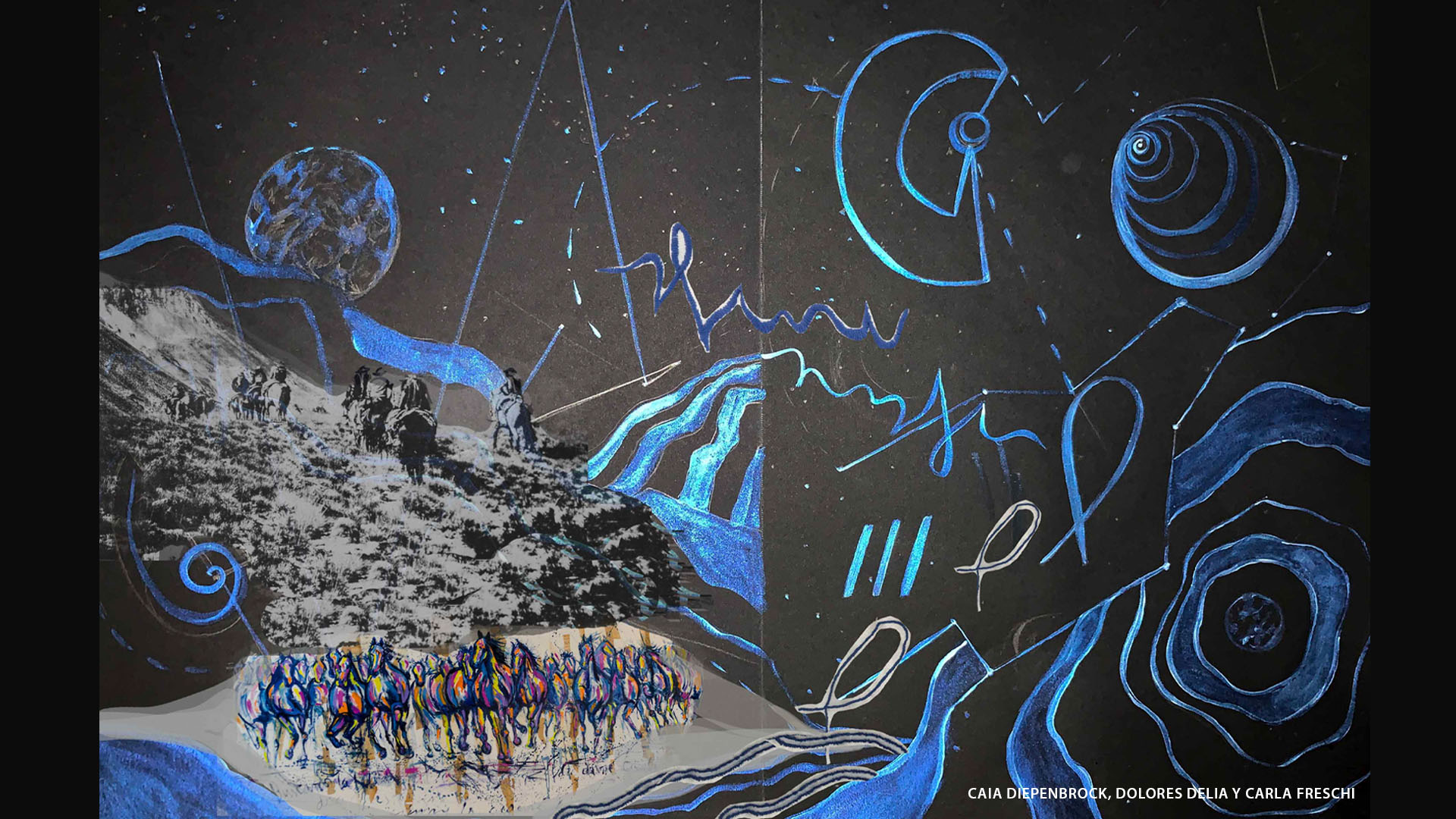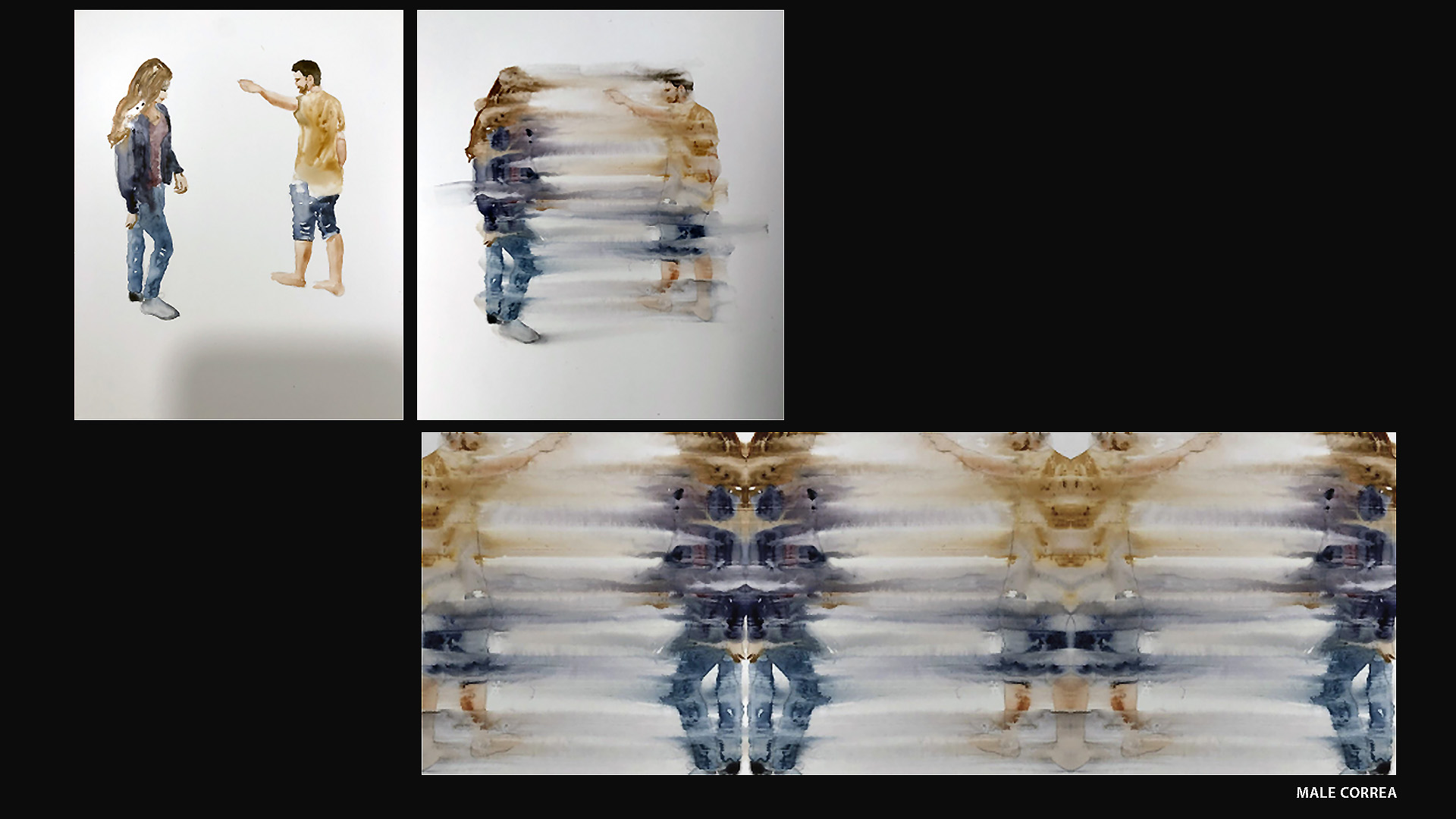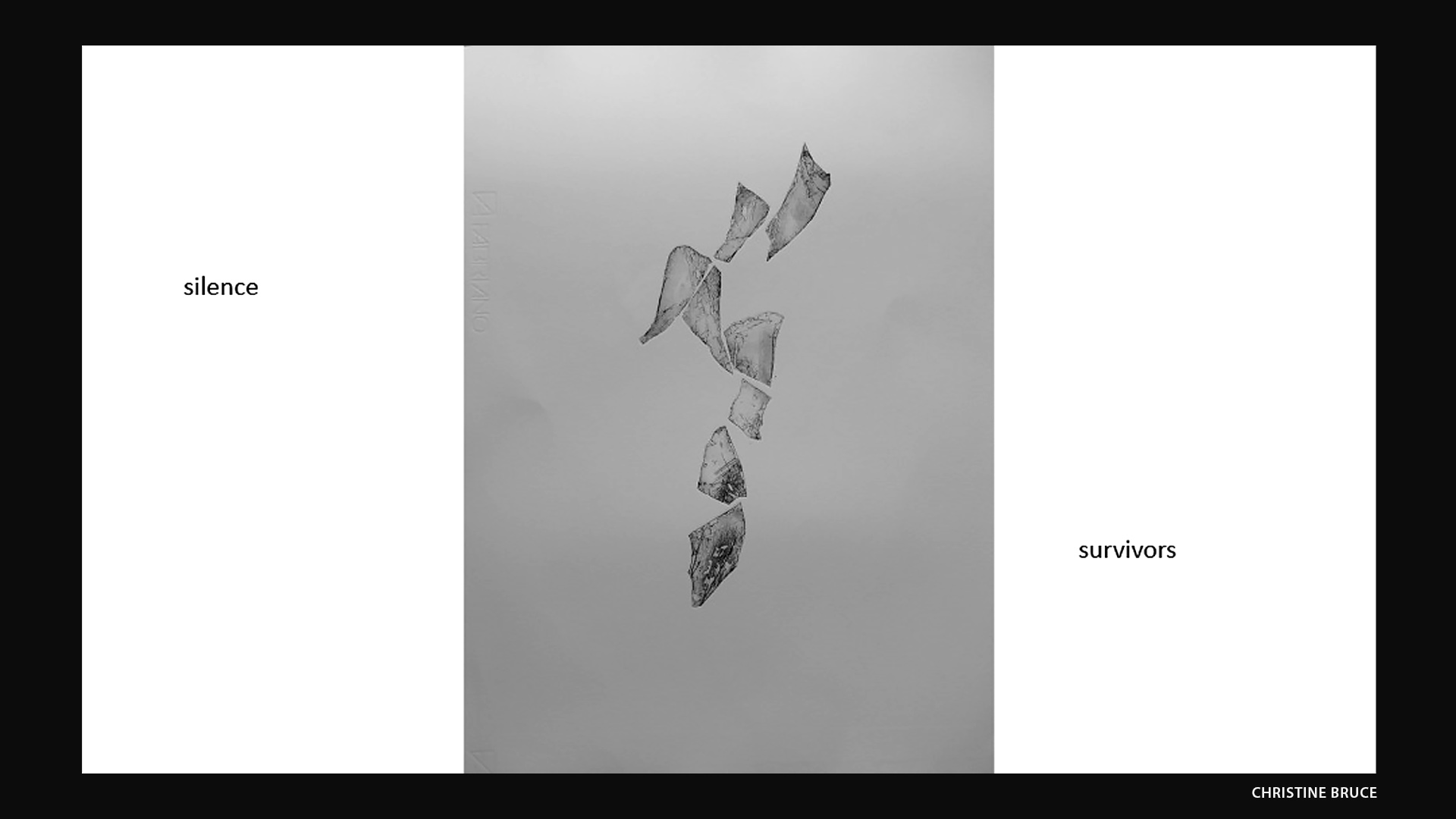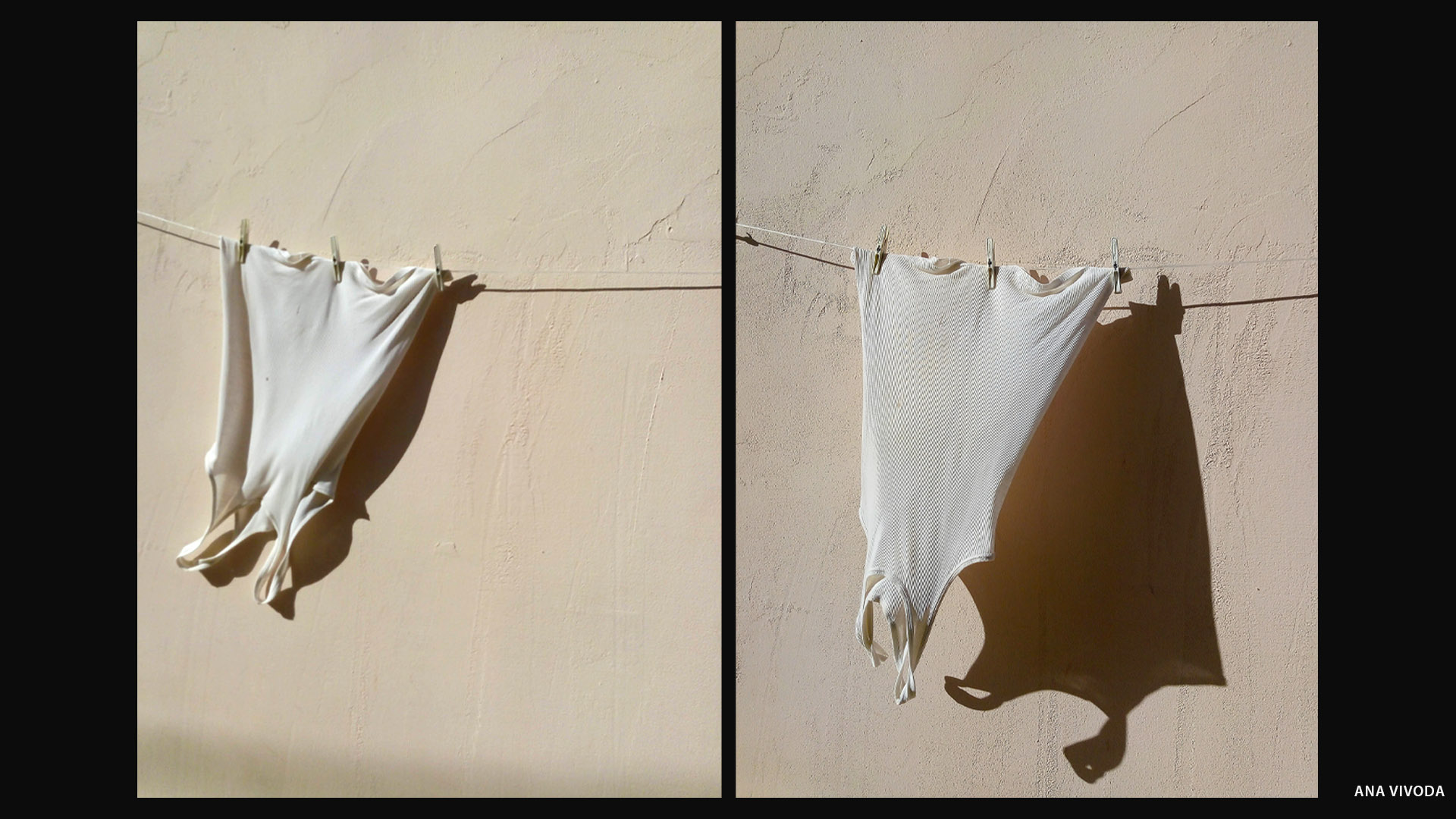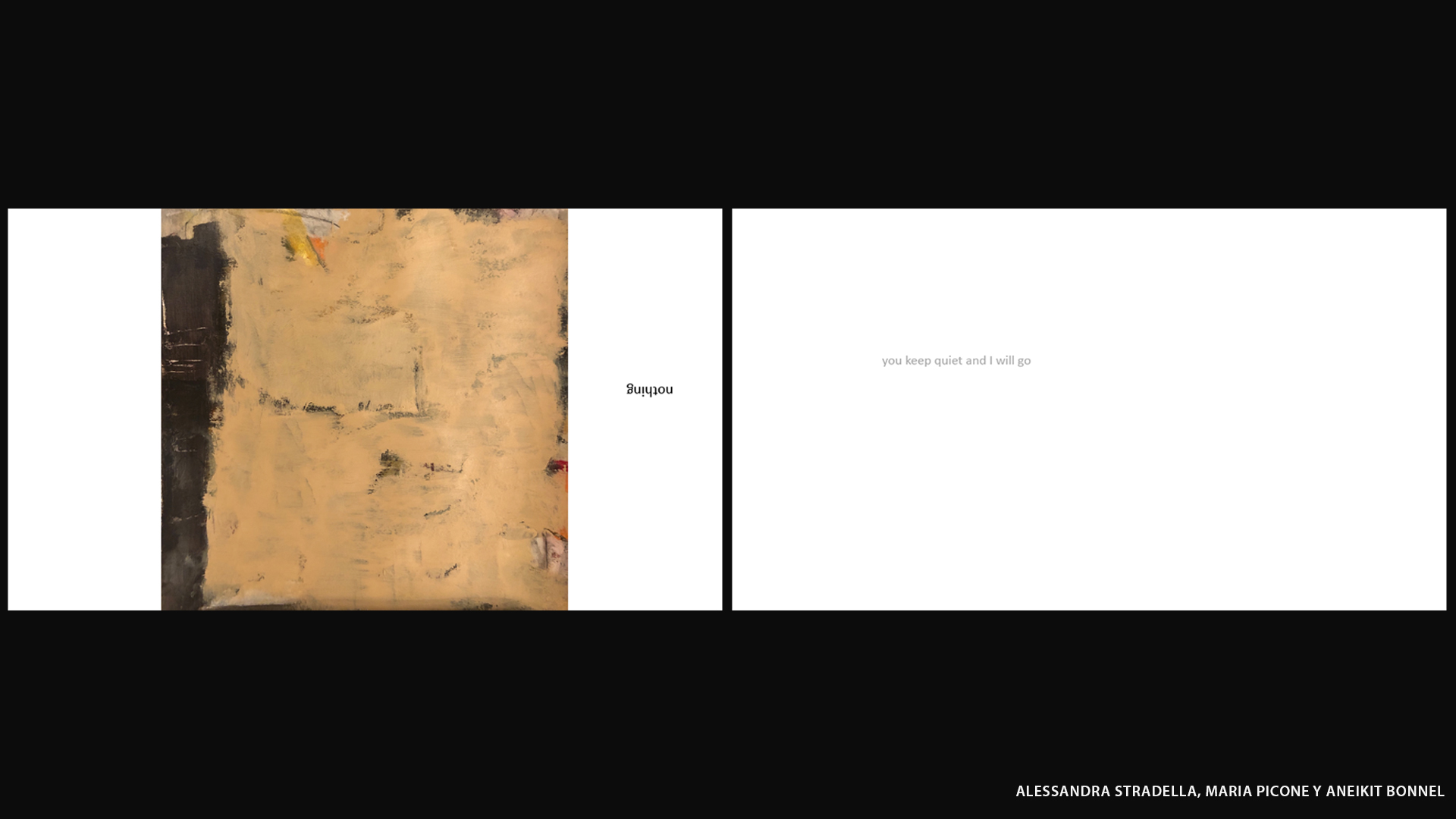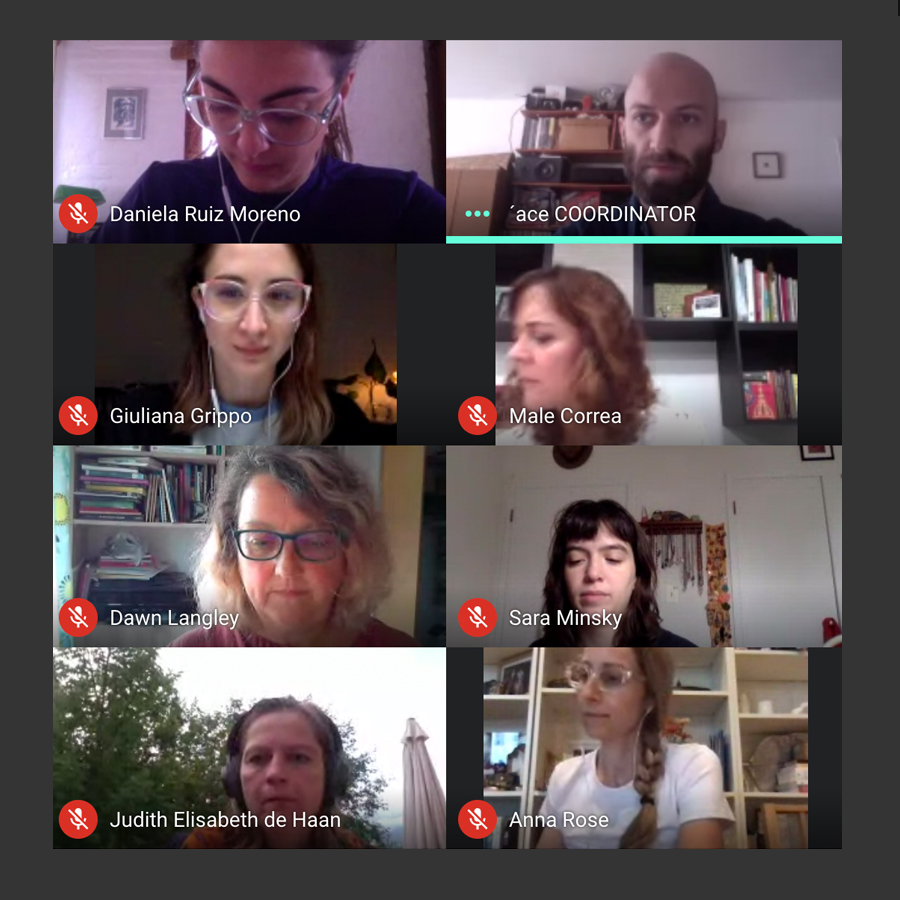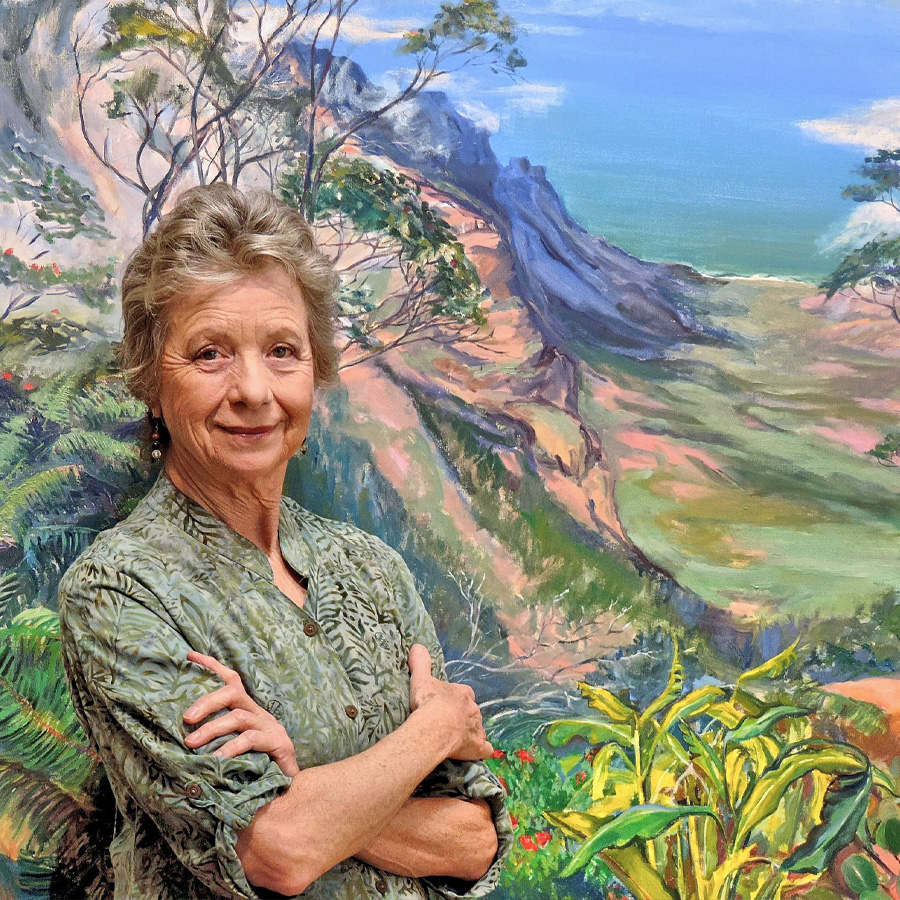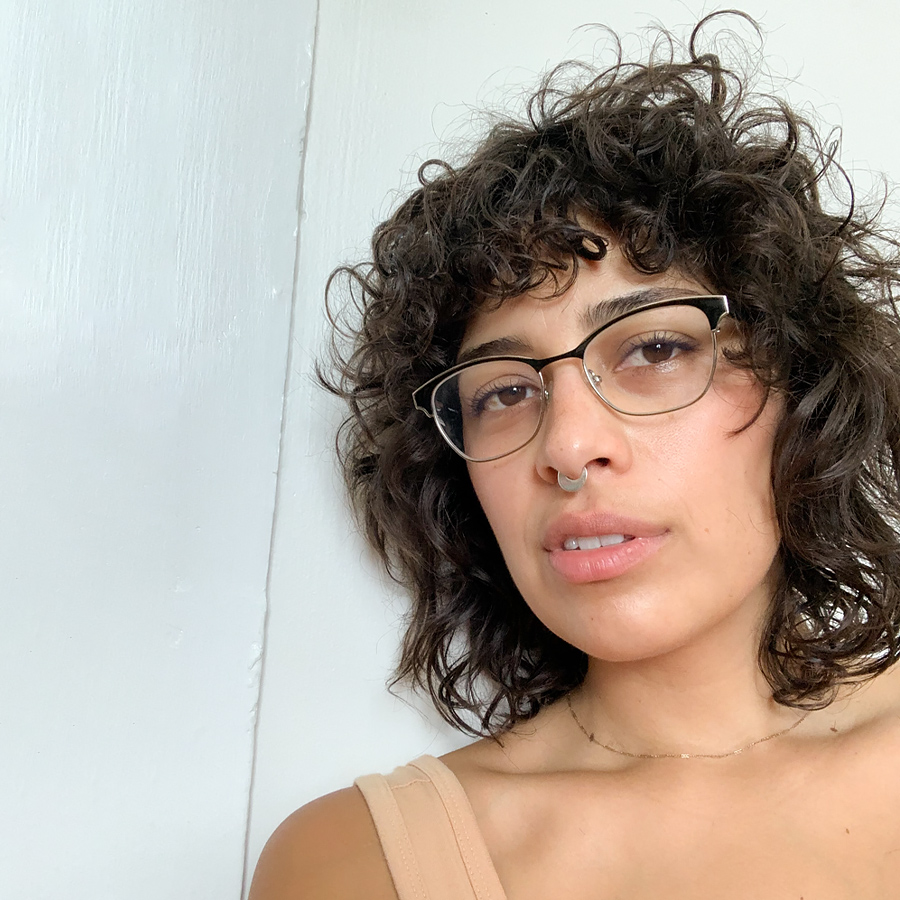Artists
Venezuela
Ariana Pirela Sánchez
Shelter
19.08.20 09.09.20
Ariana Pirela Sánchez is a Venezuelan/Spanish artist who has lived and worked in Canada since 2010. She works as a dancer, performer, choreographer, and video-maker. Her work includes dance choreographies, in-situ performances, video and installations. She explores the close relationship of the body with its environment and questions the interrelationship between dance, territory, performance, and image.
Emotions, nature and political issues are indeed a great source of inspiration for her body language, but also for the aesthetics of her choreographic universe. Emotion is always present there, whether it is brought in a poetic, sensual, gestural, playful, or incisive way. The autobiographical aspect is mainly to treat an aspect of herself that she wishes to dig, exaggerate, and exhibit to the public.
As for her video projects, the body and movement are omnipresent and subjects of the work. Through her practice in contemporary dance and through her camera, Ariana takes an original look at the dancing bodies that she frames with the sensitivity of a director, a choreographer and a performer.
ARIANA ABOUT TOGETHER APART: #SHELTER
The body as a territory, but also as a place of transformation.
During this program at ´ace, I reflected on my inner shelter and how can I create a safe space within my own body. I also expanded my practice to see how emotions and movements get connected to bring a sensation of security. I articulated words and body movements to explore how we move when we feel safe, how we shelter in the dark, and how we shelter in the day.
The videos and the movements have different textures that were sometimes melting or very contrasting, the work was very metaphorical to present the dual state of safety and unease. The piece Keep the contact reflects the idea of taking care. Taking care is also about keeping the contact, the touch, with others and with oneself, is about moving and being active in the constant search of balance.
BIO
Ariana Pirela Sánchez
1986 | Venezuela
Lives and works in Montréal, Canada
STUDIES
2009 | BA in Mass Media with a mayor in AudioVisual Arts from the Andrés Bello Catholic University in Caracas, Venezuela
2014 | Diplôme d’études collégiales – Professional Dance Studies, L’école de danse de Québec, Canada
EXHIBITIONS
2020 | Résonance, Festival de danse servi au volant, Sherbrooke, Canada
2019 | Manos de Mujer at Festival Vue Sur La Rélève and Cuisine Ta Ville, Montréal, Canada
2018 | Manos de Mujer, Festival Phénomena, Montréal, Canada
2018 | I’m not her, New Blue Dance Festival, Toronto, Canada
2018 | I’m not her, RURART, Cookshire-Eaton, Canada
RESIDENCES
2020 | Réseau Accès Culture, Maison de la Culture Janine-Sutto, Montréal, Canada
2020 | Conseil des Arts de Montréal, Montréal, Canada
2020 | Montréal Arts Interculturels, Montréal, Canada
2018 | RURART (Contemporary Art in rural environment), Cookshire-Eaton, Canada
2017 and 2016 | Centre Q, Ottawa, Canada
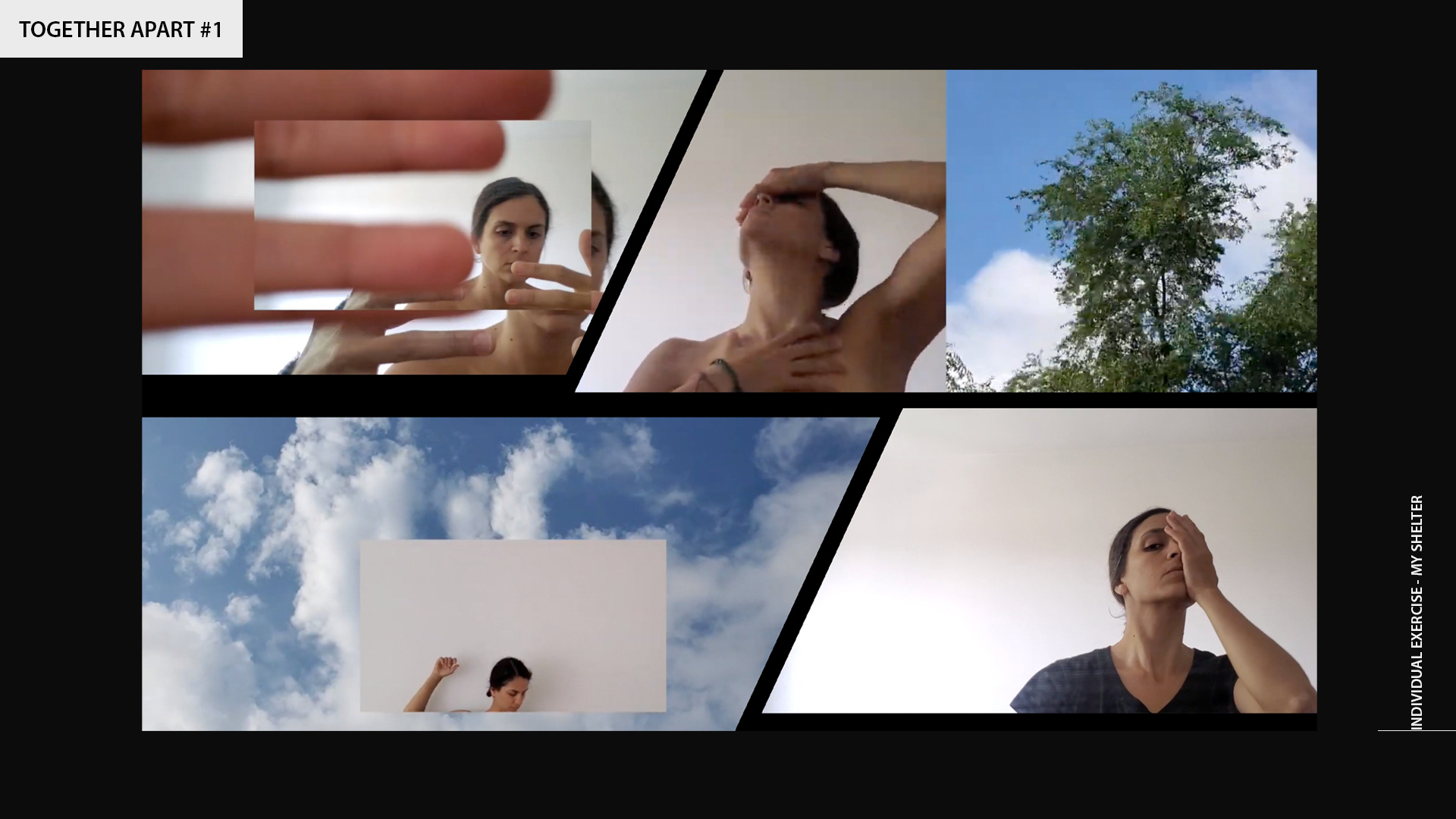


Related Activities
Exhibitions, Together Apart
#1 | SHELTER: results
Artists in dialogue
16.12.20
During 2020, we carried out the first two sessions of Together Apart. The first session took as a conceptual and practical framework the REFUGE and the second, the NEST.
Through those starting points, both of which refer to caring atmospheres and structures for coexistence, we were able to think and create in a wide variety of directions and layers. We reflected on our pandemic context, a situation for which we had to find ourselves in the virtual non-space, but also a situation thanks to which people from many different countries were able to work simultaneously.
Assuming this complex situation, more than 20 participants per session created new pieces –some in exercise format–, took up projects that they had already worked on in the past or collectively set out to create new projects that will continue to develop beyond the scope of our meetings.
Taking these refuge and nest issues also in their complexity, we asked ourselves questions that made each of the participants involve their personal experiences, memory, memories and experiences from each of their territories. We addressed questions that sought to keep us in constant movement; at times we went through very optimistic or pessimistic visions about the possibility or necessity of having a shelter or a nest, and at other times, we were able to articulate more complex visions, enduring in intermediate and liminal states. For both, we took as a theoretical structure of support and dialogue the thought of Félix Guattari presented in The Three Ecologies (1989). His ethical-political approach that highlights the molecular domains of sensitivity, intelligence and desire, as well as his articulation of the three ecological registers (environment, social relations and human subjectivity), helped us to expand our creations and thoughts in relation to shelter and nest.
During the first session, when asked about the conditions that a refuge can have and the conditions that we would like a refuge to have, the artists (coincidentally and by chance, we had a cohort one hundred percent comprised of women) generated sculptural pieces, artists’ books, photographs, videos, dance pieces and more, reflecting on the permeability or isolation structures that a shelter can have. Also, many artists started from their bodily memories to refer to the refuge and made improvisation and performance pieces. We created in relation to the refuge conditions presented by nature and the refuges that we create to protect ourselves from certain natural conditions. Memory as a refuge and shelters for memory also arose through textile practices or from the use of jewelry or objects with which we build links. Finally, the bonds and the community as spaces that shelter and spaces that imply care was another of the axes that we explored through pieces that included readings of texts and sound activations.
Together Apart has functioned as a program that opened up possibilities for meeting and collaborative creation. It has made possible the creation of new rhythms and synchronies for a limited time but whose reverberations and echoes continue to affect in unexpected directions.
Daniela Ruiz Moreno (curator-in-residency)
Related artists
- Alessandra Stradella
- Ana Vivoda
- Aneikit Bonnel
- Anna Rose
- Ariana Pirela Sánchez
- Caia Diepenbrock
- Carla Freschi
- Christine Bruce
- Dawn Langley
- Dolores Delia
- Gina Kukulski
- Giuliana Grippo
- Janette Hopper
- Jannelle Roberts
- Jill AnnieMargaret
- Judith Elisabeth de Haan
- Male Correa
- Roseanne Lynch
- Sara Minsky
- Shereen Shalhoub
